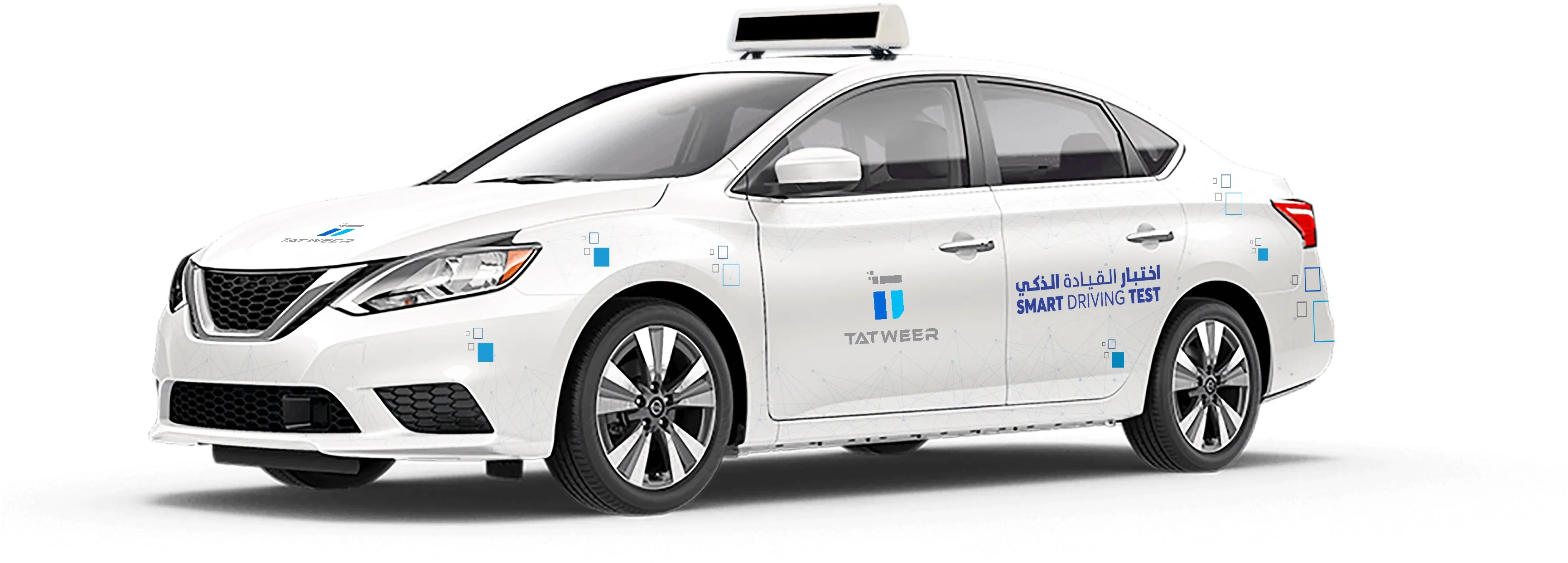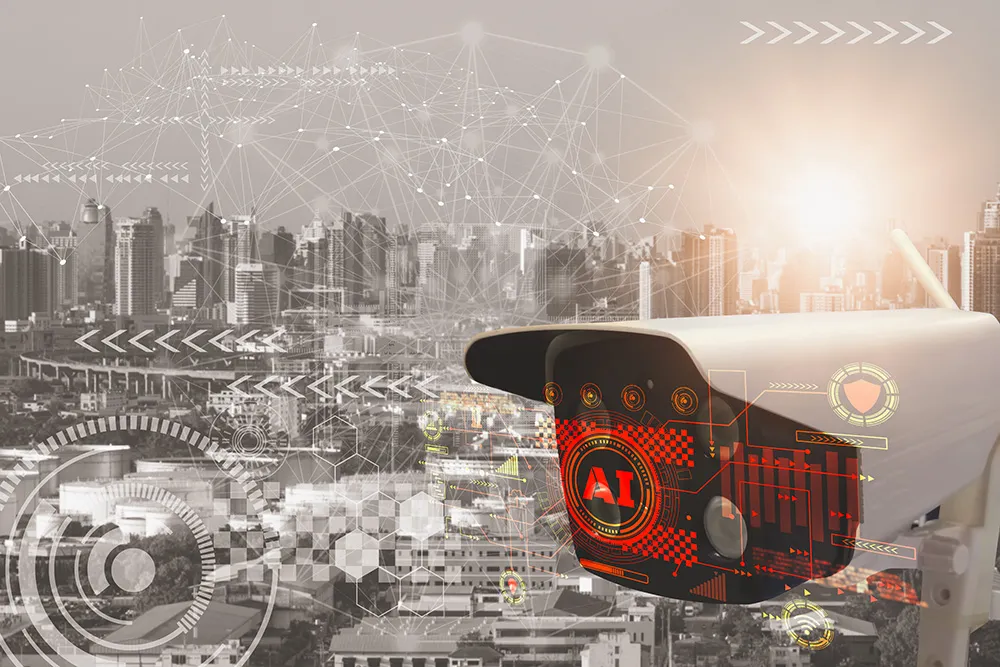EsoftThings (EST) has announced it has joined Renesas’ R-Car Consortium to accelerate the development of Advanced Driver Assistance Systems (ADAS) and Automated Driving (AD) with computer vision technology optimized for R-Car systems-on-chip (SoCs). The Renesas computer vision and cognitive Accelerator IMP-X5 of the R-Car SoCs are designed with the intention of processing huge amounts of real-time input from cameras and radar sensors that are being added to future models of cars.
November 8, 2017
Read time: 2 mins
EsoftThings (EST) has announced it has joined Renesas’ R-Car Consortium to accelerate the development of Advanced Driver Assistance Systems (ADAS) and Automated Driving (AD) with computer vision technology optimized for R-Car systems-on-chip (SoCs).
The Renesas computer vision and cognitive Accelerator IMP-X5 of the R-Car SoCs are designed with the intention of processing huge amounts of real-time input from cameras and radar sensors that are being added to future models of cars.
EST is integrating and delivering a selection of algorithms on the Renesas autonomy platform by utilizing the dedicated on-chip accelerators providing high performance at low power consumption. In addition, EST provides training and consulting to Renesas partners and customers to enable the optimal use of the solutions in their target applications.
Eric Pinton, director at Renesas' Global ADAS Center, said: "eSoftThings have gained in-depth know-how of our accelerators for sensing and cognitive applications. This helps us to train our customers and partners to implement their solutions effectively as well as shortening time-to-market. We value eSoftThings as an important partner for our Renesas autonomy Platform. Therefore, we are pleased that they are now officially member of the R-Car Consortium."
The Renesas computer vision and cognitive Accelerator IMP-X5 of the R-Car SoCs are designed with the intention of processing huge amounts of real-time input from cameras and radar sensors that are being added to future models of cars.
EST is integrating and delivering a selection of algorithms on the Renesas autonomy platform by utilizing the dedicated on-chip accelerators providing high performance at low power consumption. In addition, EST provides training and consulting to Renesas partners and customers to enable the optimal use of the solutions in their target applications.
Eric Pinton, director at Renesas' Global ADAS Center, said: "eSoftThings have gained in-depth know-how of our accelerators for sensing and cognitive applications. This helps us to train our customers and partners to implement their solutions effectively as well as shortening time-to-market. We value eSoftThings as an important partner for our Renesas autonomy Platform. Therefore, we are pleased that they are now officially member of the R-Car Consortium."









